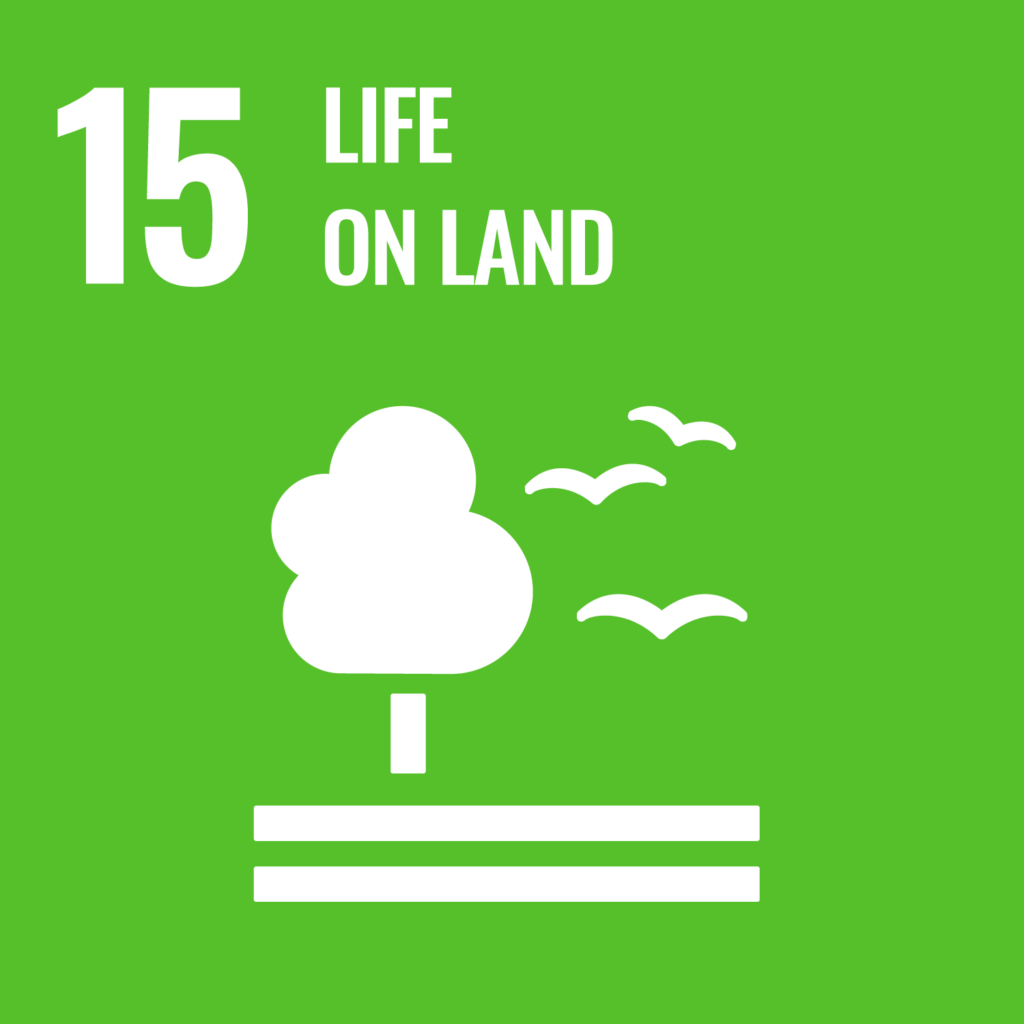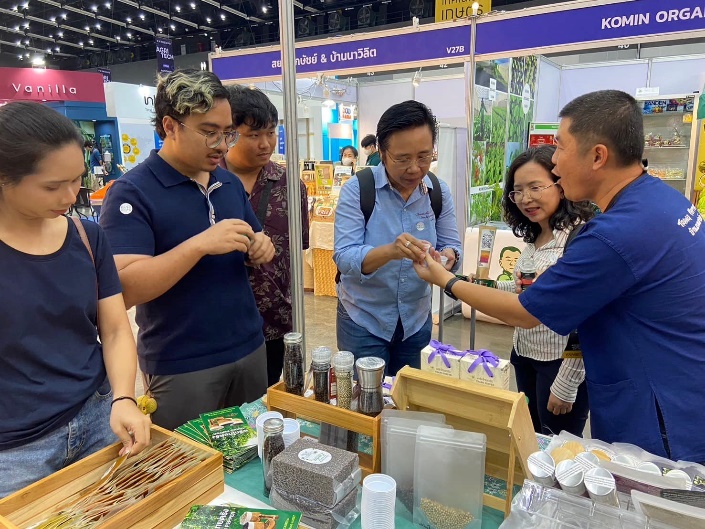Reporters: Asst.Prof.Dr. Prapot Maliwan
Assoc.Prof.Dr. Pornsil Seephueak
Asst.Prof.Dr. Nion Chirapongsathonkul
Asst.Prof.Dr. Worawitoo Meesook
Evidence Date: during 2024 Jan-Dec
Related Indicators: 15.3.2
The Faculty of Science and Technology, Rajamangala University of Technology Srivijaya conducted a comprehensive research on survey of herpetofauna diversity within Thung Song Municipality. The study focused not only on documenting species but also on assessing their ecological importance and conservation status according to the IUCN Red List of Threatened Species. This research highlights the role of reptiles and amphibians as vital components of ecosystems, functioning as biological indicators, keystone species, and regulators of ecological balance. By identifying threatened species within this municipality, the project contributes valuable information for biodiversity management and urban planning. The results emphasize that Thung Song, with its mosaic of limestone hills, agricultural land, and forest remnants, is an area of both ecological richness and conservation urgency.
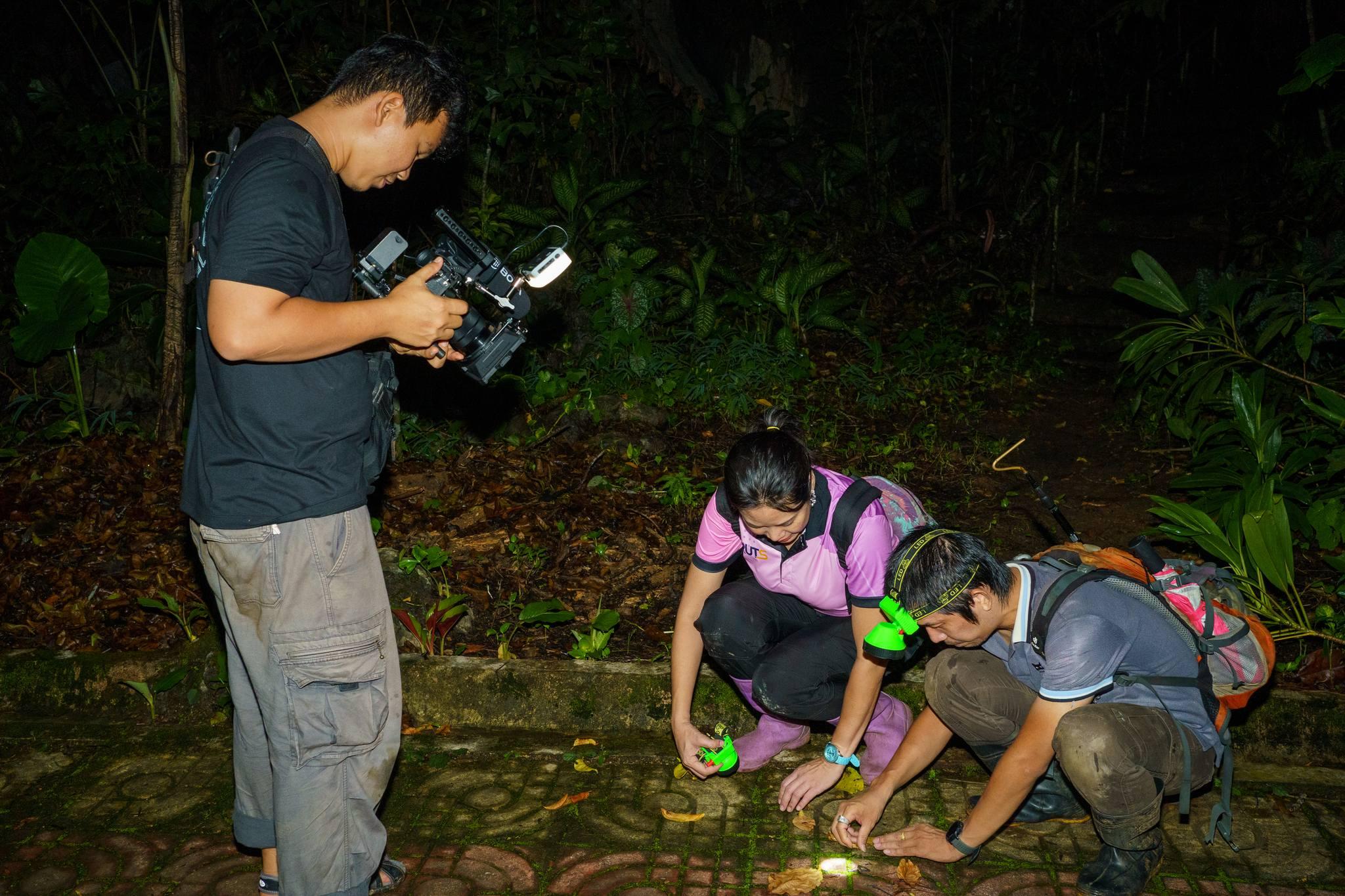
Several species of global concern were documented during the survey. The Elongated Tortoise (Indotestudo elongata), classified as Critically Endangered, is a ground-dwelling species that plays an important role in seed dispersal and forest regeneration. Its presence indicates the survival of relatively undisturbed habitats, yet the species remains highly threatened by hunting and habitat encroachment. The Southeast Asian Box Turtle (Cuora couro), an Endangered species, was also recorded. This freshwater turtle contributes to nutrient cycling in aquatic ecosystems by feeding on both plant and animal matter, helping maintain water quality. Its restricted habitat requirements, often linked to wetlands and slow-moving streams, make it vulnerable to land conversion and water pollution. The presence of these two species signals that Thung Song supports habitats of high conservation value, though fragile under human pressure.
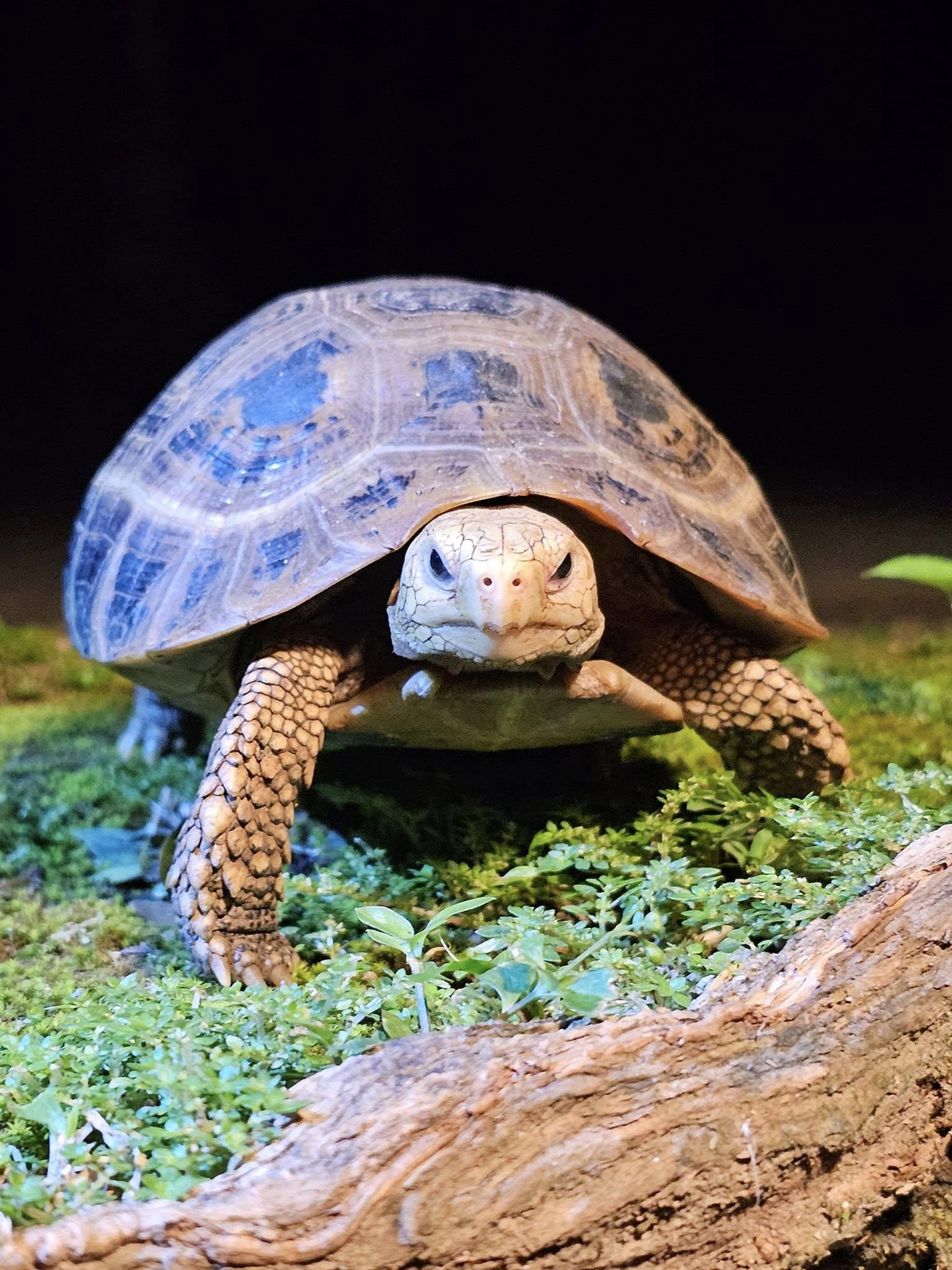
Two species listed as Near Threatened were observed: the Clouded Monitor (Varanus nebulosus) and the Indo-Chinese Rat Snake (Ptyas korros). Both serve as mid-level predators and thus act as biological control agents, regulating populations of rodents, insects, and other small animals. The Clouded Monitor, which is often associated with forest edges and limestone terrain, also plays a scavenger role, preventing the spread of disease by consuming carrion. Meanwhile, the Indo-Chinese Rat Snake, though adaptable, is a key predator in agricultural and semi-urban landscapes, helping farmers by controlling rodent populations naturally. Their declining abundance could serve as an early warning sign of habitat disturbance, making them useful biological indicators of ecosystem health.
Among the most ecologically significant species recorded were those categorized as Vulnerable. The King Cobra (Ophiophagus hannah) is a keystone species in forest ecosystems due to its role as a top predator, primarily preying on other snakes and thereby maintaining the balance of herpetofaunal communities. Its disappearance could trigger cascading effects, including the overpopulation of certain snakes and subsequent imbalances in prey species. The Beautiful Pit Viper (Trimeresurus venustus), on the other hand, is a limestone-restricted species with a highly limited distribution in southern Thailand. As a habitat specialist, it indicates the health and integrity of limestone ecosystems, which are themselves biodiversity hotspots but under severe pressure from quarrying and land use changes. The presence of this species underscores the urgent need to safeguard limestone hills in Thung Song as irreplaceable natural habitats.
Collectively, these IUCN Red List species provide crucial ecological services. Tortoises and turtles contribute to nutrient cycling and forest regeneration; snakes regulate prey populations and act as indicators of habitat quality; and monitors maintain ecosystem hygiene through scavenging. Together, they demonstrate how herpetofauna support ecosystem resilience, agricultural productivity, and even public health. Their restricted habitats, whether limestone hills, wetlands, or intact forest fragments, are natural assets that must be preserved not only for wildlife but also for community well-being. The disappearance of these species would not only represent a loss of biodiversity but also a decline in the ecological services on which human communities depend.
The findings of this survey will be shared with Thung Song Municipality as part of biodiversity management planning. Recommendations include protecting limestone hill ecosystems as refuges for endemic reptiles, preserving freshwater wetlands to sustain turtle populations, and conducting awareness campaigns to reduce human–wildlife conflict, especially with snakes. Promoting coexistence strategies and encouraging ecotourism centered on unique herpetofauna could also provide sustainable benefits to local communities. By recognizing these species as both threatened and ecologically valuable, Thung Song Municipality can align its local conservation strategies with global priorities under the IUCN Red List framework and the United Nations Sustainable Development Goal 15: Life on Land.
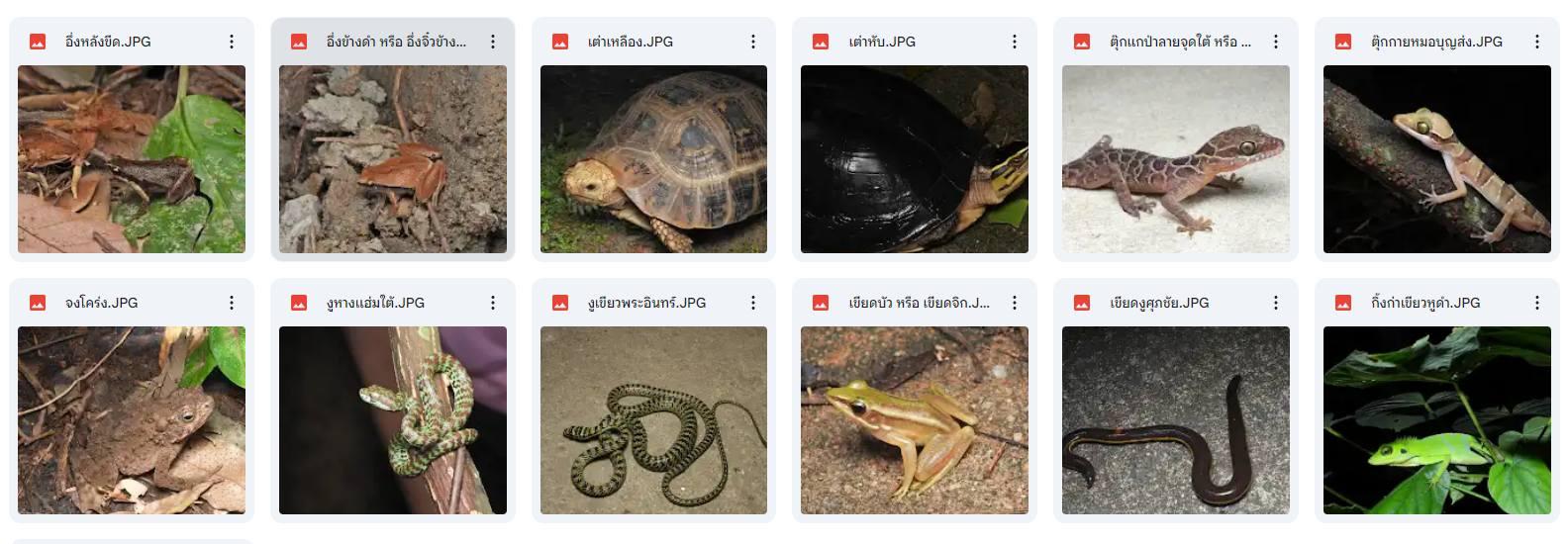
Related Links:
https://www.facebook.com/namwan.worawitoo.7/videos/1788961941874941
https://www.facebook.com/namwan.worawitoo.7/videos/1458312522226101
https://www.facebook.com/namwan.worawitoo.7/videos/3882036868690209

